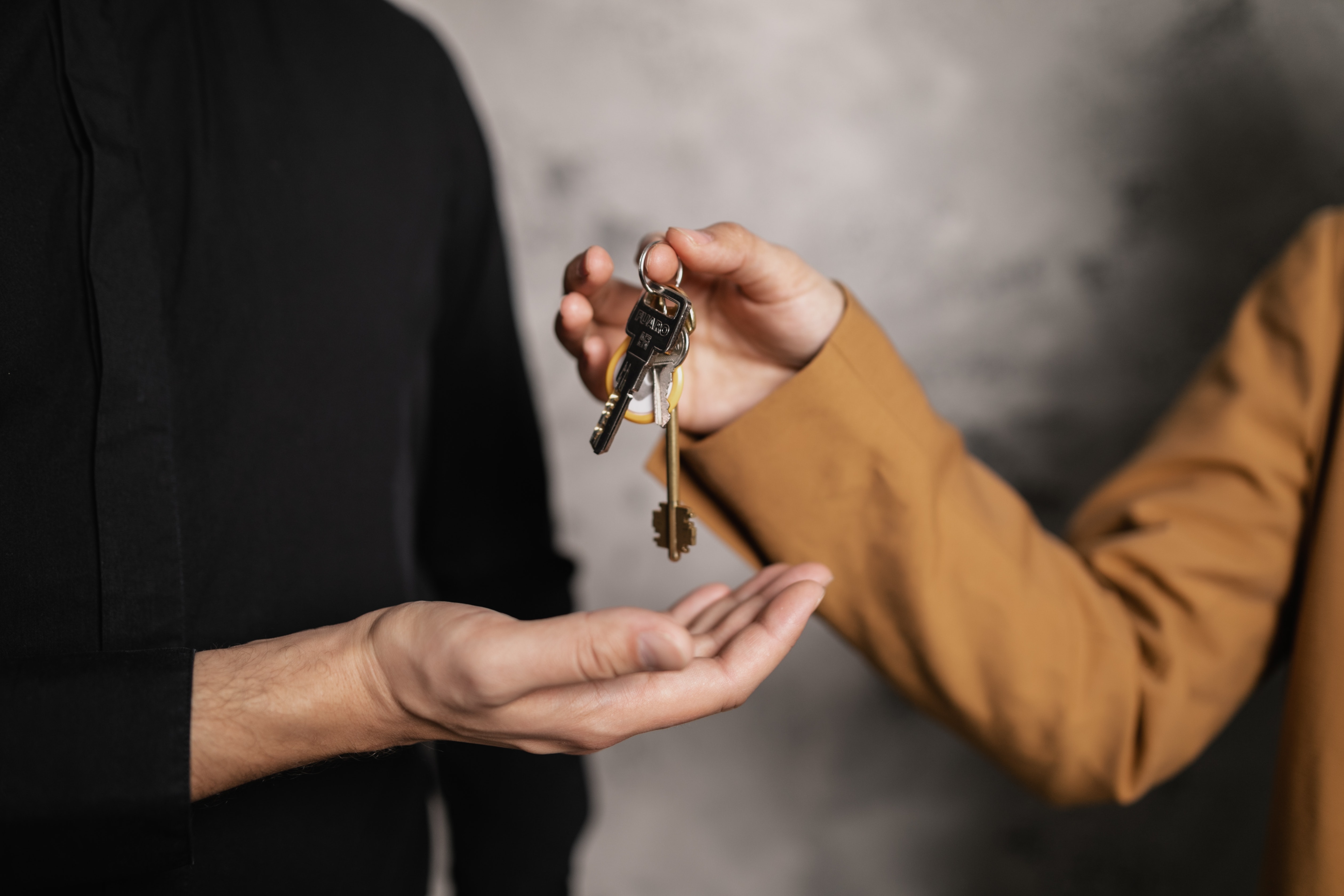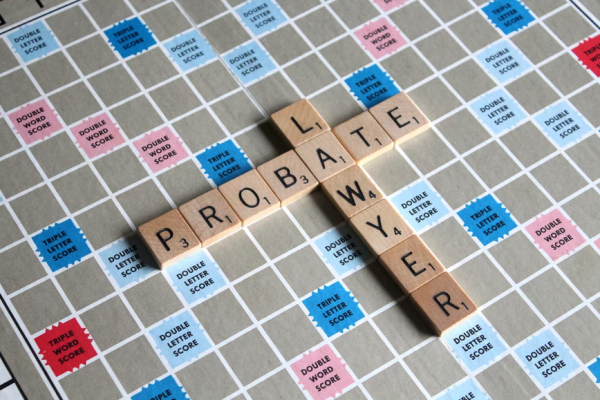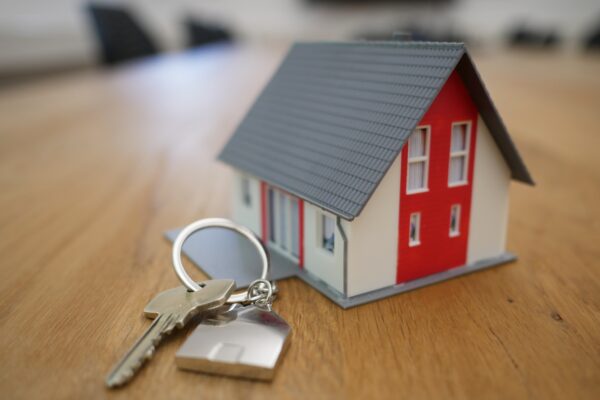How Will Higher Rates Of Stamp Duty Affect You?

Owning a home is the aspiration for millions of people all across the country. But a lot of changes in the property market over the last decade have made this an increasingly difficult dream to realise, particularly if you’ve never owned a home before. Many believe part of this is due to investors buying second, third or even fourth residential properties and using them as income by renting them out. Even the Government saw that this increase in second home ownership was causing problems, so in 2015 they announced plans to charge extra Stamp Duty Land Tax for anyone buying a second residential property that they do not intend to live in. But what did this mean, and how has it affected the housing market?
What Does It Mean?
Every time a person buys a residential property, they are required to pay Stamp Duty Land Tax. The amount is usually calculated based on the price of the house, and is only payable once. From April 2016, the rules changed for buy-to-let investors, or anyone purchasing a second home, as part of the government’s commitment to supporting and encouraging first time home ownership.
The new system still charges Stamp Duty in a tiered basis, but adds a surcharge of 3% to anyone buying a second home. The increased rates will apply to most purchases of additional homes within England, Wales and Northern Ireland. These rates will also apply to the purchases of residential properties by companies, effectively closing the Stamp Duty loophole. The government will then use some of the additional tax collected to provide £60 million of relief for communities in England where the impact of second homes is particularly severe. In order to ensure all owed tax is collected, the government instated strict penalties for those who attempt to avoid the surcharge through setting up a limited company or lying to their solicitor.
1 Year On – What’s The Result?
So, we’ve just passed the 1 year mark for this change, and it’s a perfect time to look back and see if it has actually made a significant change. According to property experts, the number of investment properties being bought in the UK has halved since the additional 3% surcharge was instated. This makes the system sound like an unqualified success. However, the percentage of gifted deposits rocketed immediately after the charge came into force and remained high for at least 6 months, indicating that individuals are still buying second properties while landlords turn their back on the 3% increase. Opinions on these results are mixed, with some experts believing that this reveals just how many people buying second properties were not, in fact, landlords, but parents wanting to help their children or retirees buying a holiday home. This would certainly explain the sudden rise in gifted deposits from 8.4% to 9.3%.
Overall, a bit of a mixed bag. The policy, which was designed to help first time buyers, may have inadvertently hindered those seeking help from parents to buy their first home, but it has also significantly decreased the number of landlords snapping up perfect first time homes in order to rent them out for profit. This simple change means that the property market for first time buyers might stand a chance of improving, but it does leave a question mark over how much. For more information, or to enquire about your own property purchase, get in touch with the team at Caversham Solicitors and we will be happy to help.




